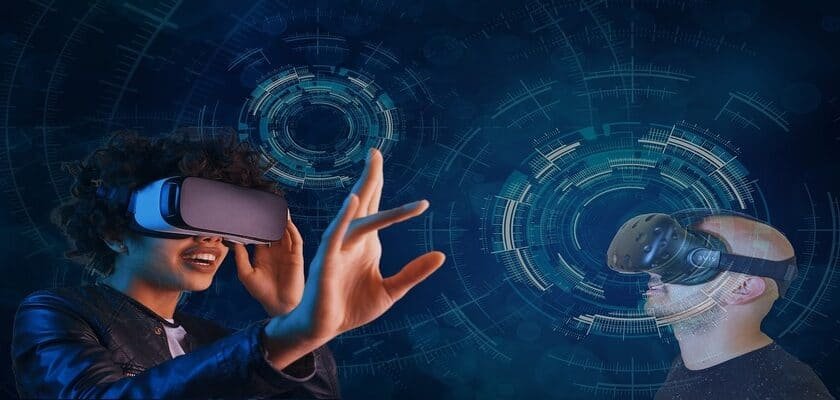Augmented Reality in Advertising – A Possible Future

Last week we had a couple of students visit us to finalize their dissertation which is based around augmented reality.
One of the topics we discussed was how AR in advertising will change and will it change advertising for the good.
Virtual Reality Advertising Examples:

I’m not convinced that advertisers fully understand the potential yet, but nevertheless there are a few good examples of augmented reality campaigns that enable a user to interact with products before they commit to buy.
Everything from trying on sunglasses, clothes, watches or even seeing how furniture will fit in the home.
For a long time now we have heard about advertisers wanting to give us geo-targeted promotions.
It’s not a fantasy, there are many companies that offer Bluetooth Marketing solutions which have a proximity range of around 100m and can beam out offers to any mobile user foolish enough to leave Bluetooth enabled.
You know the kind of thing where you are out shopping and your mobile receives special offers from stores as you walk past.
But if I am looking to buy a TV, as I make my way to the electrical store.
Augmented Reality Advertising Companies:
With augmented reality companies are looking at how they can build targeted campaigns to get the return on investment.
The technology already exists where digital signage is able to recognize.
Someone who is sad could be targeted with an advertisement for a holiday in the sun.
I have no problem with that, it’s an example of non intrusive targeted marketing.
But what happens when digital signage evolves to the point where it recognizes you and gives you a custom advertisement.
I have a supermarket loyalty card which we use every time we go shopping.
Occasionally when our discount vouchers arrive we’ll get offers for obscure products.
How do I create augmented reality ads?

Let’s jump forward now to a short time in the future when digital signage has evolved to the point where it can recognize individuals and offer you targeted advertisements based on your previous buying habits.
Since digital signage is not private, anyone close by will see/hear your ‘targeted message’ (as well as their own).
Even further in the future when augmented reality glasses are commonplace, are we looking at a world where advertisers will combine augmented reality with the real world to such an extent that just by looking at a product will kick start an advertisement?
For an example of a nightmare futuristic scenario take a look at the following video.
So far developers and advertisers have been responsible (or just slow) to exploit mobile.
Augmented reality as a geo-targeted advertising platform and have avoided spamming the user with unnecessary advertisement.
Burger King, Starbucks etc while you are looking for a train station. Let’s hope that it stays that way.
Frequently asked Questions (FAQs)
How will Augmented Reality affect our future?
All of our senses such as touching, hearing, seeing will all be incorporated into next-generation AR devices, they will have a wider view and they will display information almost anywhere within the user’s peripheral vision.
How AR will change advertising?
First, AR is immersive. Customers enter an environment provided by your brand. AR helps your audience experience your brand and helps you to create meaningful emotional connections. This makes AR ads perfect for promoting sales and building up your company’s reputation.
Why has augmented reality become important to advertisers?
Reason #1: Emotional Connection. Augmented reality ads are immersive, which means they help marketers create a certain emotional connection with customers.







